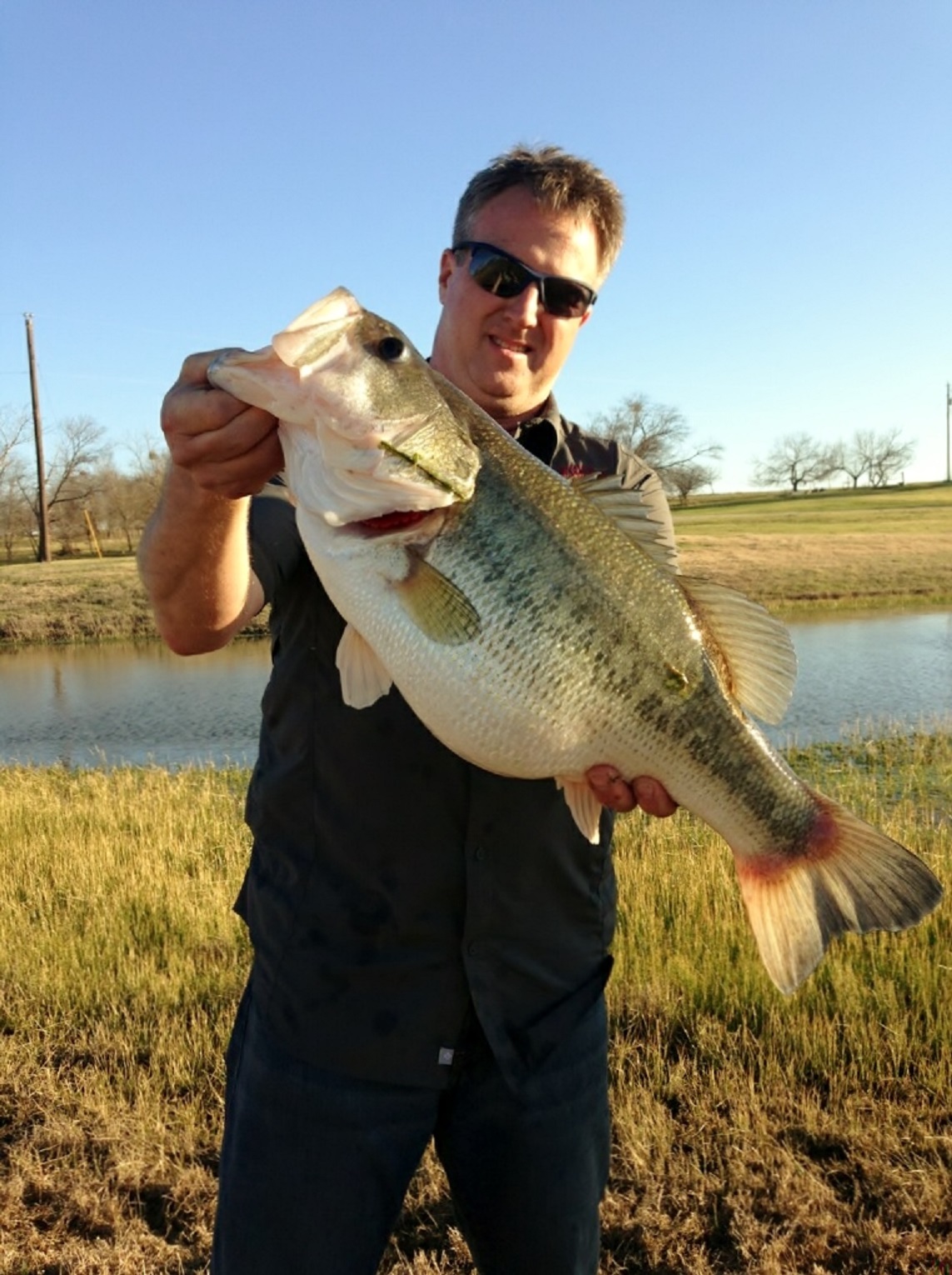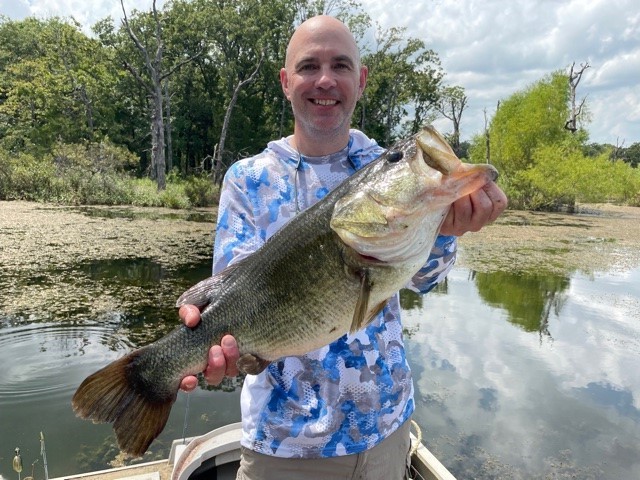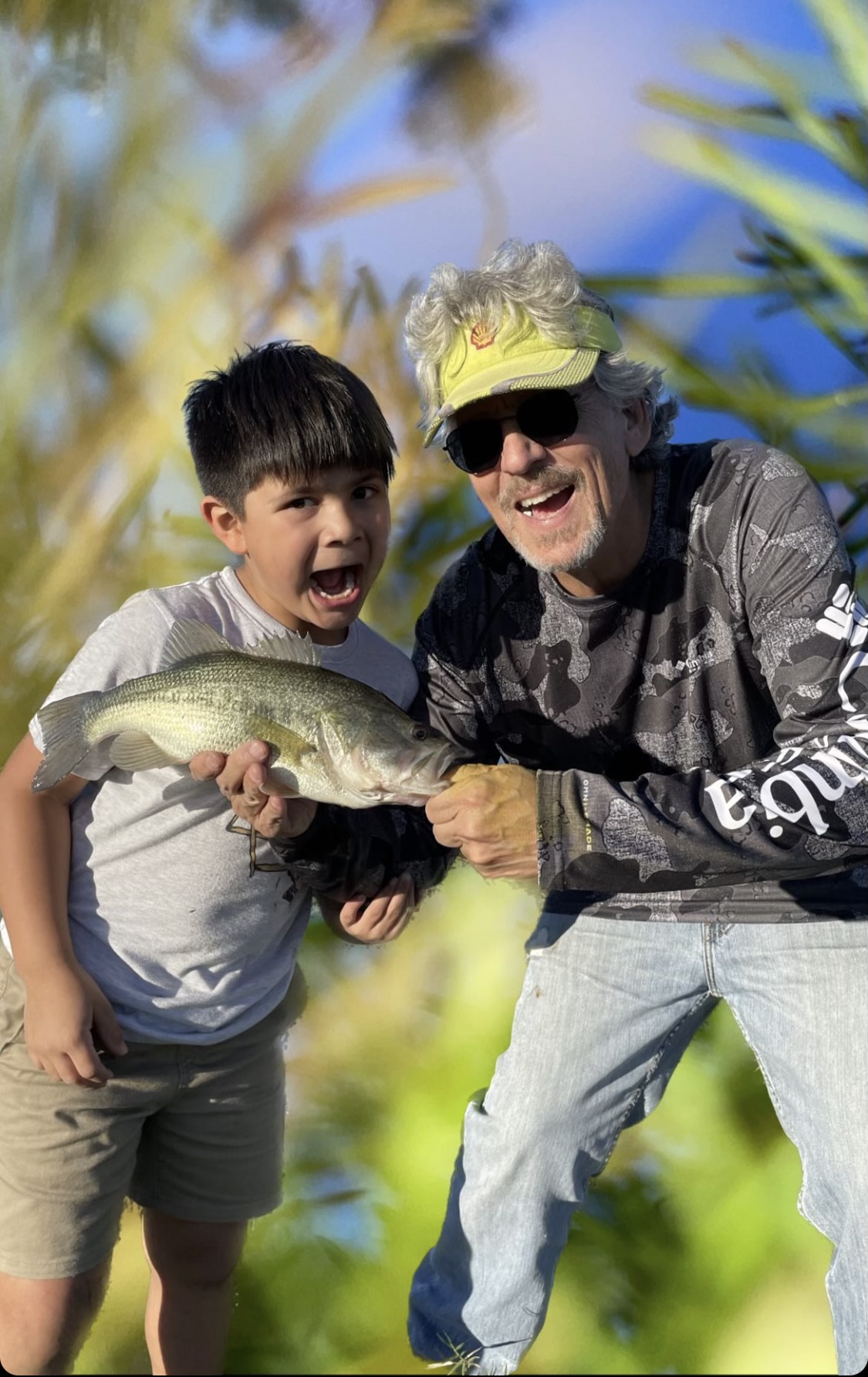Mar 23 2023
Steve Alexander
Admin
I’m glad you started this thread 24 hours ago and I’m glad 23 members have already viewed it. I was wondering if we had much viewership in our discussions page since we moved it to a less prominent area on the site.
You’re an obvious student and quick study on the subject. I don’t have a single disagreement with any of your data. I quote the same facts/averages/statistics. The average private lake fisherman is uneducated in what is involved to manage a fishery. Most probably don’t care, but you and I live it and love it. Now days, I enjoy helping grow bass more than the actual fishing.
Lake management costs per acre vary wildly depending on so many factors. Is the lake in or out of balance, what part of the state, age, size. Once the lake is in balance costs range from $750 to $3000 an acre to do it right. We are fortunate to have several landowners who are committed to spending the money to do it right. And you’re right, the couple hundred bucks it costs to fish these places doesn’t begin to cover the management costs. So, when I hear “it costs $200 a day to fish, that’s crazy. I have to bite my tongue, as the person asking has simply not been educated on the subject. Actually your right its crazy, its crazy the other way around. If you knew what some landowners spent to build the lake, roads, stocking and maintenance you might feel different. We have some owners that have spent well over a million dollars on their lakes during their lifetime.
One thing I want to add to your equation is the costs of roads, docks, boat houses, boat ramps and their maintenance. Concrete ramps start at $10k, mini pontoon boats are now $7000-$10,000 and a new simple jon boat is $2000. A simple floating dock is $20,000.
I would love for some members to chime in on the subject.






Mar 22 2023
Joshua Massoud
Keeper
Member Since :
2021
Number of Posts :
487
As someone who has to manage a lake community for other people, I’d like to share some tidbits on costs, if nothing else as a point of reference. Perhaps you find it interesting or useful. Pond misers may disagree with some of the numbers below.
Building a pond these days requires at a minimum $12,000 per acre, but often more depending on the site characteristics and watershed. Most land can’t handle a 10acre plus pond (which is what most PWF lakes are).
Bass Genetics: Top end Florida genetics cost $2 per fingerling – more for grow outs (4”, 6” 8”, 12”, etc) – the stocking rec is about 25-50 per acre on initial stocking, supplemental stocking (every 10 years for 3 years in arow varies). Even if you go for F-1’s (cross between Florida and Native/Northern), the price is about the same, just different benefits to both.
It takes 500 class size bluegill to grow a bass a pound. Example, 3” bluegill for a 1.5-2lb bass. 5” for a 6lb. etc. Bluegill are the gas for bass production. 3-5” BG cost about $1 each.
Farm raised shad cost $450-600 per $1000, less in the summer. Stocking rec for shad is 1000 per acre, and they often die in cold water temps, requiring restocking. Shad often require fertilization to promote reproduction.
Tilapia and golden shiners are $12-15 per pound and are an annual stocking as the former dies off and shiners are often eaten in early spring before bluegill start reproducing.
Ponds rarely stay ‘in balance’ for long without ALOT of maintenance. Very few ponds absent stocking, shocking, harvest, and feeding programs stay in balance for long.
You can do nothing and achieve balance for a while and then it goes haywire at some point.
You can also do everything right and still never get there.
Feeding programs are $40 per day per 10 acres (for proper feeding). Feeding is generally from 3/15-10/15.
Average LMB lives 6 years. 35% of the bass in a lake turnover each year. That 8+lb fish you caught last year is most likely dead this year, but assuming there was forage in the right slot or class size and a fish on the bench that was in the class below should take its place.
Otters are so prominent in NE TX these days, most ponds should have an otter trapping program. They eat 7lbs per day. Females travel in packs, males are solo. Trapping is about 300-600 per month or more depending on the company/trapper. They will target big fish sometimes. They prefer catfish and also like big bluegill.
Cormorants can eat 1lb of fish per day and a gulp (flock) of 500 can deplete a pond of forage in a week or so. They also stab bass and injure them. There is a video on the internet of a cormorant eating a 3lb bass. Pelicans can eat up to a 5lb bass.
There is a tradeoff in almost everything you do on lake. Fertilize? Risk overdoing it and a fish kill in the summer. Spray weeds? Risk Oxygen depletion while it dies off. Add crappie? Risk successive years of good spawns and depeletion of bass. Add tilapia – will push out some bluegill from spawning areas. Add shiners? They raid nests of other fish. Add shad? Take away some plankton from other smaller fish. Harvest bass? Catch rates will go down a bit.
The top end factor for a balanced fishery is cover – either in the form of vegetation or wood based dense cover. More than 35%-45% coverage however, and bass can’t feed effectively and you will get a log jam of small bass at the 1lb round range.
Big bass do eat big meals and they don’t eat often. They will sit in open water and suspend and not do anything for 20hours. I’ve graphed on my home lake – sitting – and sitting – and sitting. Growing and catching a big bass of 10-12lbs or more is an actual miracle of nature. They used to be more common, but big bass are not efficient breeders in nature and not efficient in public waters – so the genetics for them have been depleted over time. This is why living in TX is the greatest state in the U.S. for big bass potential – we maintain the genetics with the sharelunker program.
Being able to hop onto a lake like AA or Pecan Gap for a couple hundred bucks and have it to yourself is insane – thank you PWF.